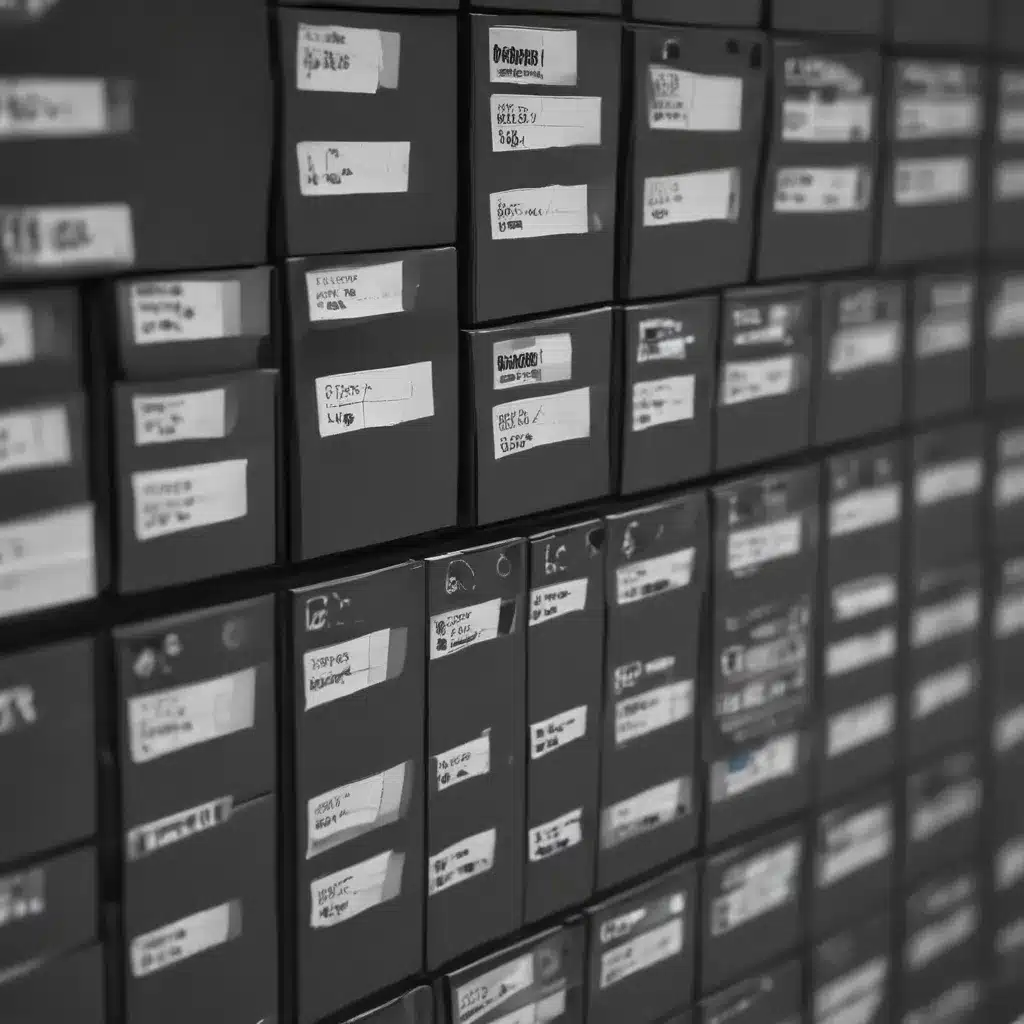As a self-proclaimed “tech-savvy” amateur photographer, I’ve amassed quite the digital photo collection over the years. What started as a few gigabytes of RAW files and Photoshop documents has now ballooned into a whopping 250 gigabytes – and counting!
Gone are the days when I could easily back up my entire library to a single external hard drive. Heck, I can barely fit it all on my desktop computer’s internal storage these days. So, when my trusted Linux-based NAS started running out of space, I knew I had to get serious about my backup strategy.
After doing some research, I realized there are four key questions I needed to answer in order to create a reliable, future-proof backup plan. Let’s dive in, shall we?
1. Where Should I Store My Backups?
The first and most critical decision is where to actually store those precious photo backups. Having them all in one place, like my home office, just isn’t going to cut it anymore. [1]
I tossed around a few ideas – an off-site safety deposit box, a relative’s house, or even a cloud storage service like Amazon S3. But each option had its own pros and cons. The deposit box was secure, but inconvenient. Backing up to a family member’s place was easy, but relying on them long-term gave me pause. And cloud storage seemed promising, but the costs for 250GB could really add up.
In the end, I settled on a hybrid approach. [2] I picked up a couple of large external hard drives – one to keep at home for regular, quick backups, and one to rotate off-site on a monthly basis. This gives me the best of both worlds – a local copy for fast restores, plus an off-site backup in case of a disaster.
2. How Often Should I Back Up?
With the location decided, the next question was how frequently I should be performing those backups. After all, I’m generating new photos and edits on a near-daily basis. Losing even a week’s worth of work would be devastating.
I initially thought about doing a full backup every single day. But the time and effort required to manually swap out those external drives gave me pause. [3] Plus, with my growing photo library, a daily full backup would quickly become impractical.
Instead, I settled on a two-pronged approach:
– Daily incremental backups to my home NAS, capturing only the new and changed files.
– Monthly full backups to the off-site external drive.
This way, I get the best of both worlds – frequent, lightweight backups to protect against recent data loss, plus a full, comprehensive backup stored securely away from my home. And I can automate the whole process to run seamlessly in the background.
3. How Can I Protect Against Ransomware?
As an avid reader of tech news, I’ve seen the devastating effects that ransomware can have. The thought of all my precious photo memories being held hostage by some faceless hacker is the stuff of nightmares. [4]
So, in addition to my standard backup routine, I knew I needed to implement some extra safeguards against this emerging threat. After all, what’s the point of having backups if the malware can just encrypt or corrupt them as well?
My solution was to keep one of those off-site hard drives completely disconnected from my network at all times. That way, even if ransomware manages to slip past my defenses and encrypt everything on my local systems, I’ll still have a clean, untouched backup to restore from.
I also make sure to regularly test my ability to actually restore data from those backups. The last thing I want is to discover a problem when I’m in the middle of a crisis. It’s like the old saying – “Trust, but verify!”
4. How Can I Future-Proof My Backups?
As someone who’s seen their photo library grow exponentially over the years, I know all too well how quickly technology can change. Those bulky external hard drives I’m using today will probably be obsolete before too long. [5]
So, in addition to my current backup strategy, I’m also keeping an eye out for new, more scalable storage solutions. Cloud services like Backblaze and Crashplan offer unlimited storage for a flat monthly fee, which could be a game-changer as my photo collection continues to balloon.
And I’m toying with the idea of investing in a high-capacity network-attached storage (NAS) device. That way, I can scale up my local backup infrastructure as needed, without having to constantly swap out external drives. Plus, many modern NAS units offer their own built-in backup and sync features to help streamline the whole process.
At the end of the day, my goal is to create a backup strategy that can grow and adapt alongside my ever-expanding photo library. I don’t want to be in a position where I have to start deleting precious memories just to free up space. With the right plan in place, I’m confident I can stay ahead of the curve – no matter how many gigabytes get added to my collection.
[1] Knowledge from https://serverfault.com/questions/5466/home-backup-strategy-for-large-amounts-of-data
[2] Knowledge from https://stackoverflow.com/questions/398332/what-backup-strategy-do-you-use-for-your-code
[3] Knowledge from https://community.airtable.com/t5/other-questions/airtable-backup-recovery-strategies-simply-a-nightmare/td-p/73760
[4] Knowledge from https://serverfault.com/questions/23965/lvm-snapshots-as-a-backup-strategy
[5] Knowledge from https://askubuntu.com/questions/1364676/backup-strategy-for-libreoffice-files-in-config-libreoffice-4-user-backup-dir













